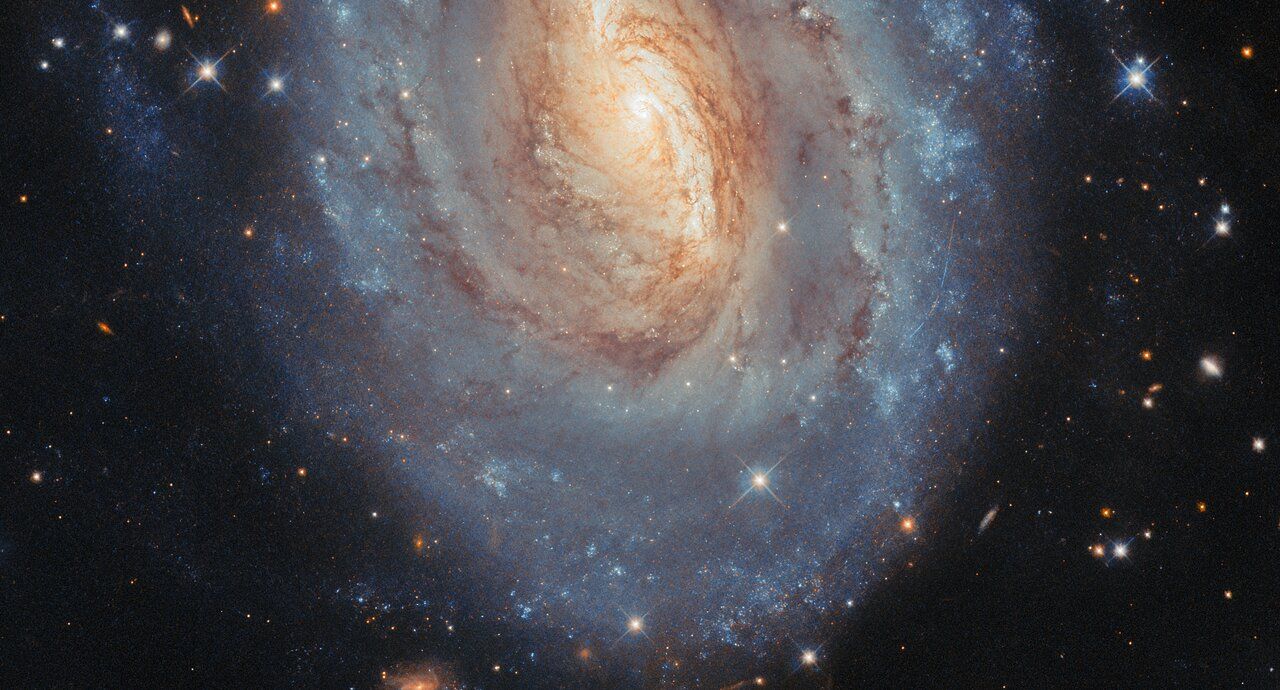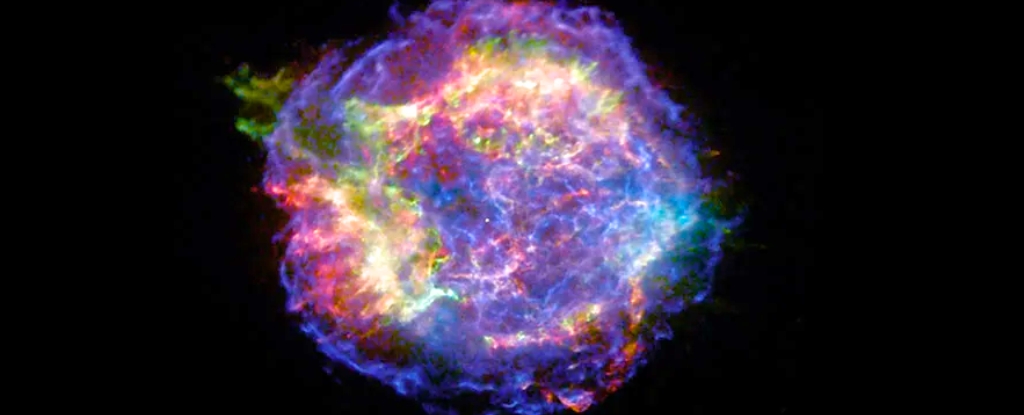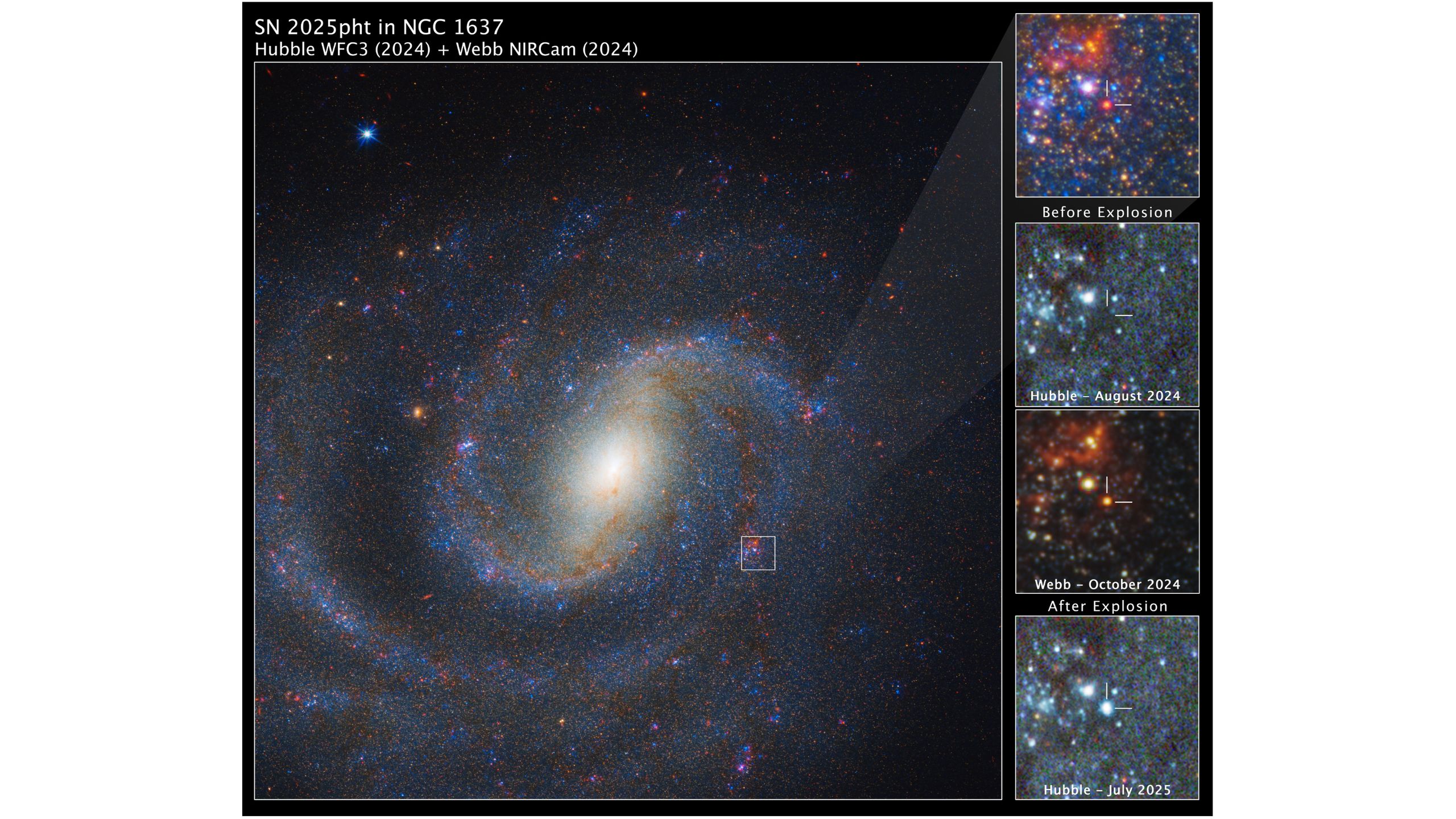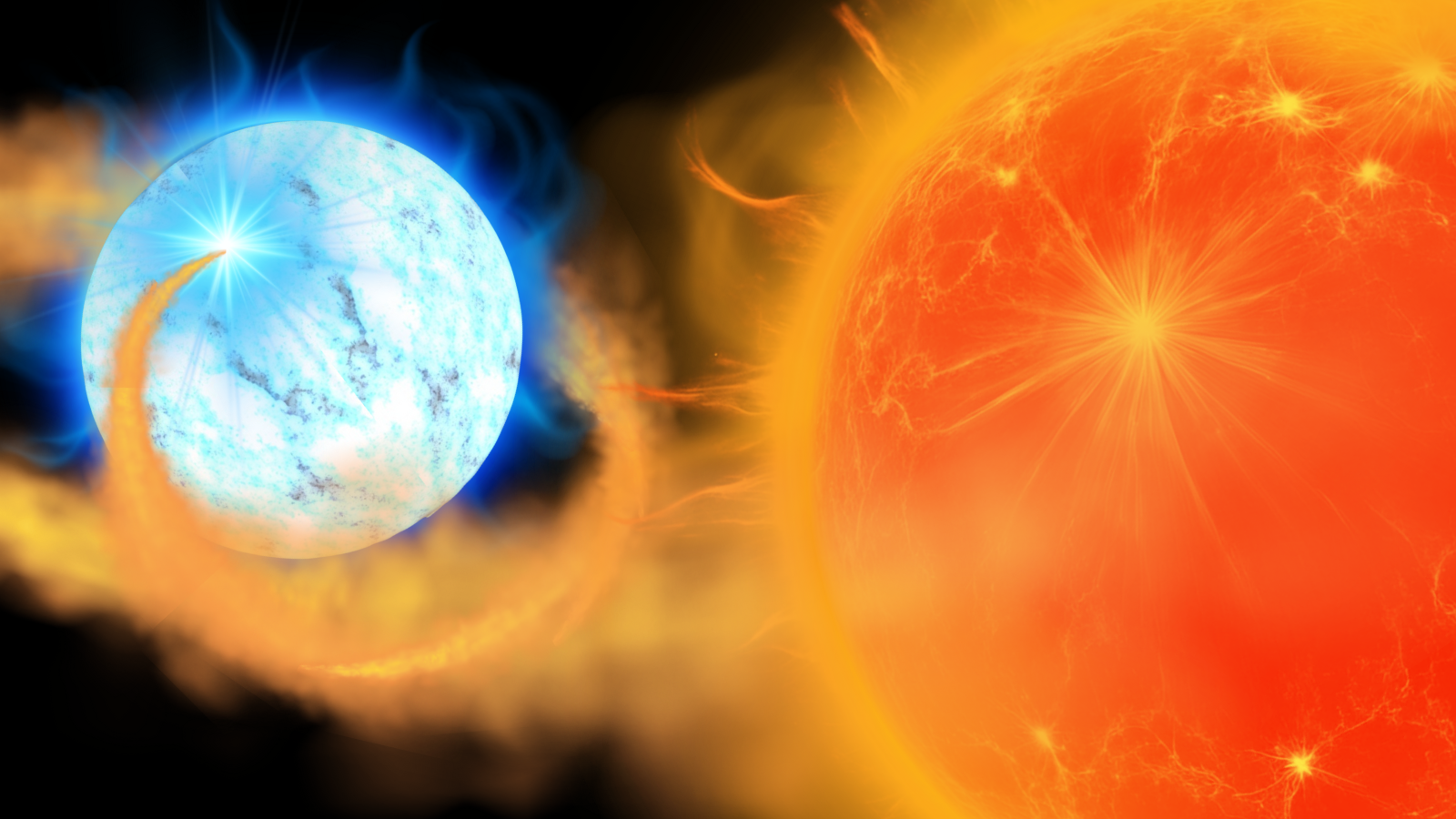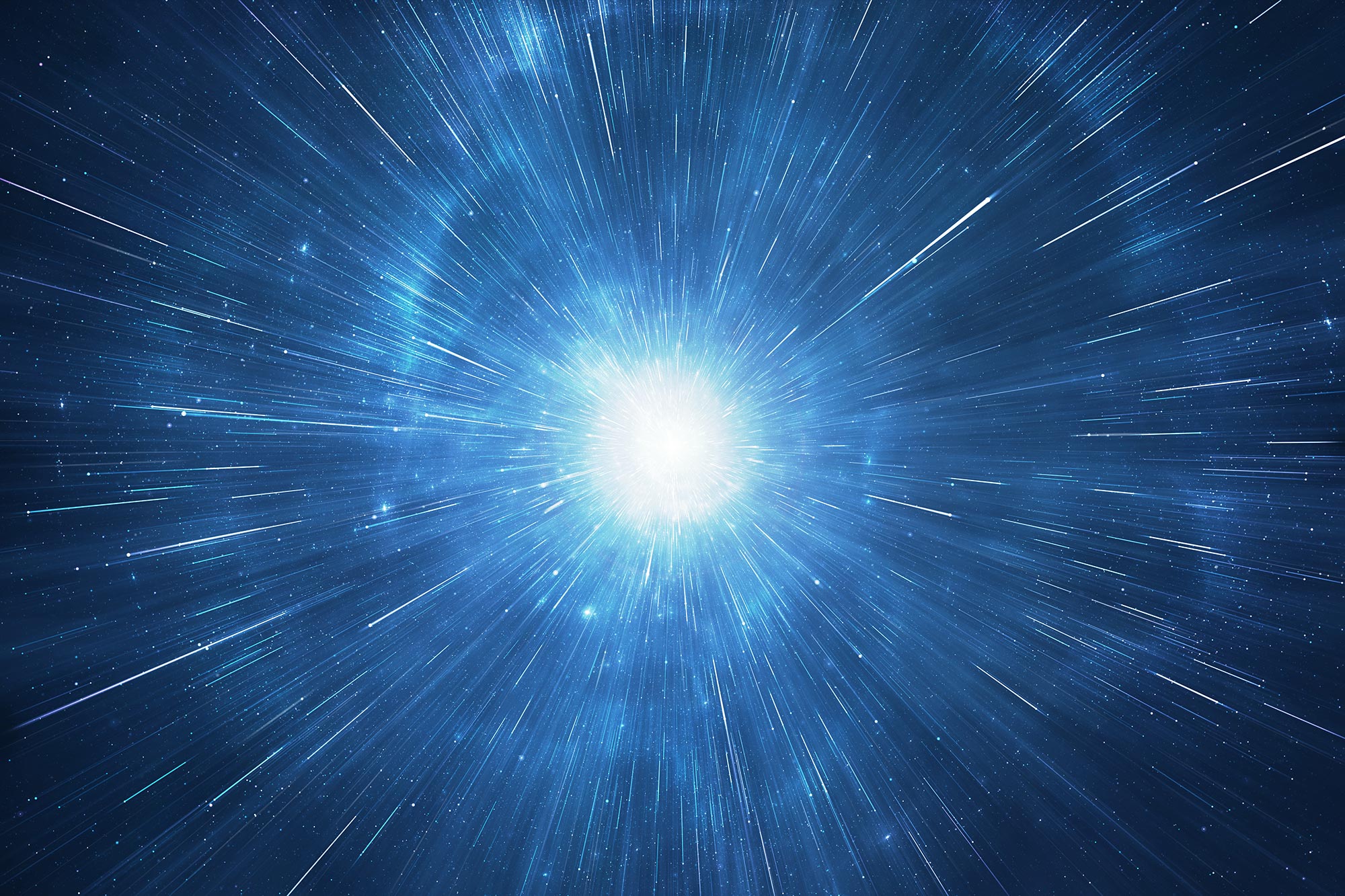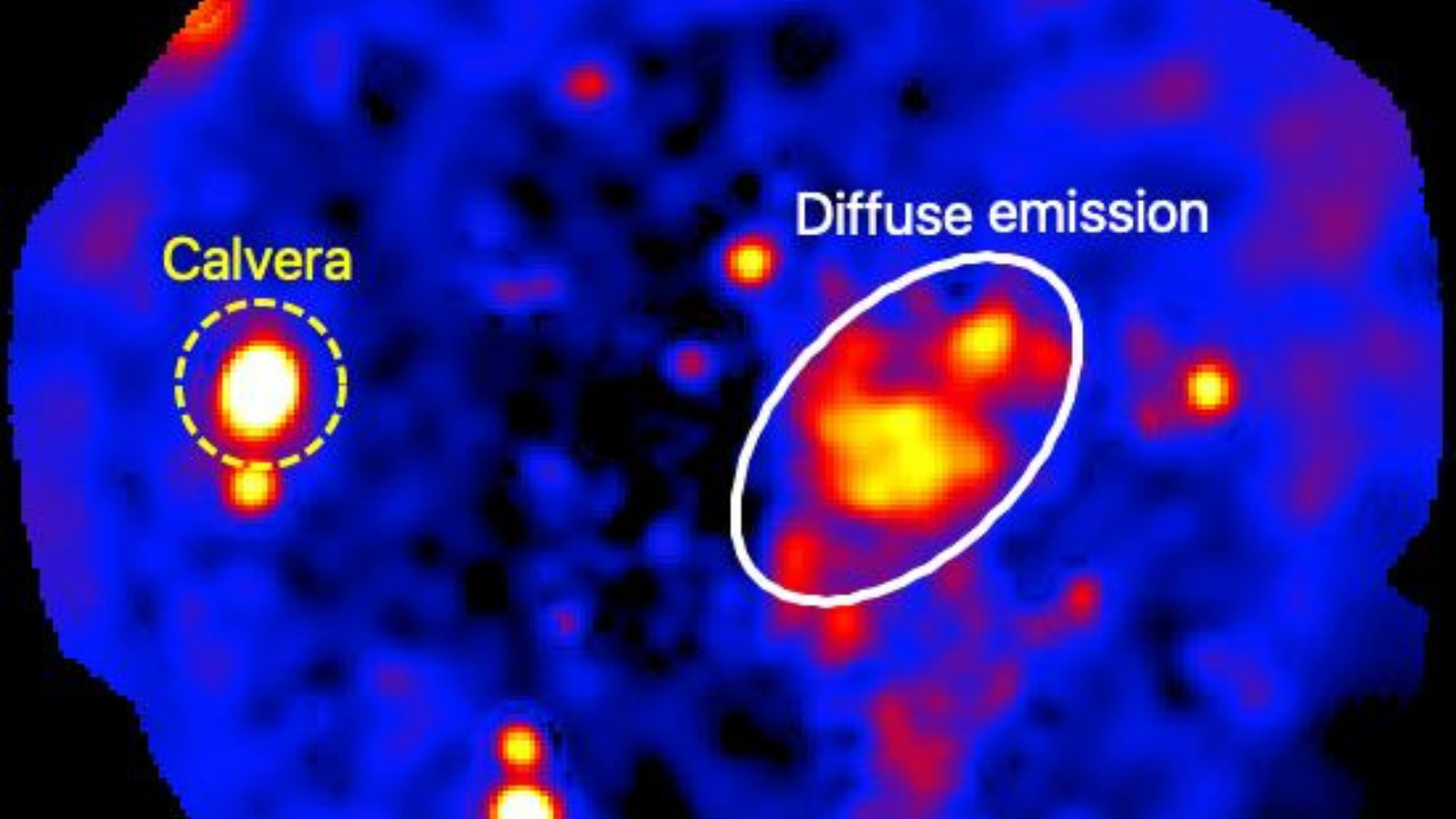QUICK FACTS What it is: NGC 6000, a spiral galaxy Where it is: 102 million light-years away in the constellation Scorpius When it was shared: Sept. 29, 2025 Here’s a story for the ages — or maybe a story of the ages. The Hubble Space Telescope’s latest image, of barred spiral galaxy NGC 6000, is rich in yellow at its …
Read More »Tag Archives: supernova
For the first time, Webb catches the before and after of a supernova
Astronomers say they’ve captured the clearest look yet of a star on the brink of supernova. An international team used NASA’s James Webb Space Telescope to backtrack and find the original star that suffered a cataclysmic explosion on June 29. The discovery is an unprecedented accomplishment for the observatory. Identifying the original star was harder to achieve than it sounds. …
Read More »Mysterious Anomaly in Pacific Ocean Hints at Nearby Supernova Explosion : ScienceAlert
An unexpected deep-sea deposit may be the smoking gun from a nearby star that exploded as a supernova in the relatively recent past. Earlier this year, a team of scientists in Germany discovered a strange spike in beryllium-10 in the seafloor of the Pacific Ocean. This radioactive isotope forms when cosmic rays strike Earth’s atmosphere. From there it falls, sinks …
Read More »JWST spots dust-cloaked ‘red supergiant’ star just before it went supernova
For decades, astronomers have searched the skies for a missing population of doomed stars — the massive red supergiants that theory predicts should end their lives in powerful stellar explosions, but somehow rarely seem to. Now, thanks to the James Webb Space Telescope (JWST), the mystery may finally be clearing up, quite literally. In a new study, a team of …
Read More »Doomed ‘cannibal’ star could soon explode in a supernova so bright it would be visible during the day
When you buy through links on our articles, Future and its syndication partners may earn a commission. An illustration of a white dwarf about to explode as it feeds on a companion star. | Credit: Robert Lea (created with Cnva) Betelgeuse may have competition for the most exciting star about to go nova near Earth. Astronomers have discovered the secret …
Read More »Doomed ‘cannibal’ star could soon explode in a supernova so bright it would be visible during the day
Betelgeuse may have competition for the most exciting star about to go nova near Earth. Astronomers have discovered the secret of a strange star system that has baffled them for years, finding it contains a dead star about to erupt after overfeeding on a stellar companion. The supernova explosion of this cosmic cannibal could be as bright as the moon, …
Read More »“Like Nothing Anyone Has Ever Seen Before” – Bizarre Supernova Stuns Scientists
For the first time, astronomers have seen the inner layers of a star revealed in its final moments. The finding suggests a new, more violent pathway for how massive stars die. Credit: Shutterstock A distant supernova exposed elements from a star’s core. The result reshapes ideas of how massive stars evolve. According to long-standing theory, stars are built in layers …
Read More »"Silicon Breached the Neon Layer": Chandra Observatory Reveals Massive Star's Violent Internal Collapse Before Supernova Explosion – Rude Baguette
“Silicon Breached the Neon Layer”: Chandra Observatory Reveals Massive Star’s Violent Internal Collapse Before Supernova Explosion Rude BaguetteView Full Coverage on Google News Source link
Read More »Astronomers discover a ‘forbidden’ pulsar fleeing a supernova in a seemingly empty region of the Milky Way
Astronomers have discovered an extraordinary celestial system containing a runaway pulsar fleeing the scene of a massive stellar supernova explosion. What makes this system even more spectacular is the fact that it should be “forbidden” in the empty region of the Milky Way in which it was found. The system, given the name “Calvera” after the villain in the 1960 …
Read More »Scientists Think This Star Could Be the Next Supernova
Red supergiant DFK 52 and its surroundings as seen by ALMA. The vast, complex bubble blown by this extreme star is about 1.4 light-years across, thousands of times wider than our Solar System. ALMA measures light invisible to the human eye, with a wavelength of around 1.3 millimeters, emitted by molecules of carbon monoxide and silicon monoxide. Thanks to the …
Read More »